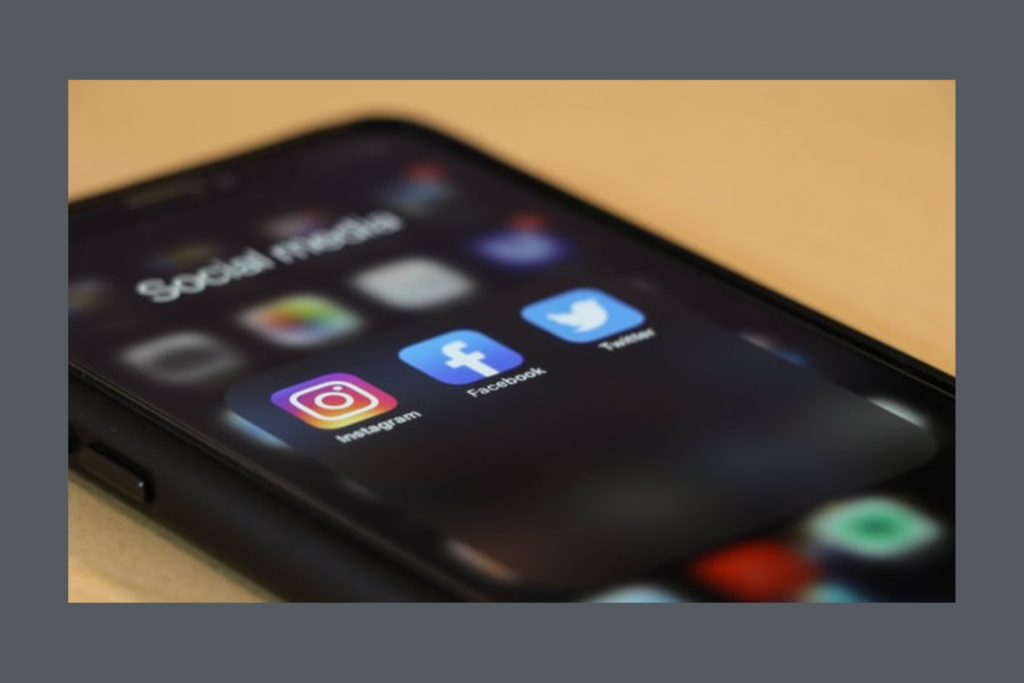
Social Media as a Scientific Responsibility
At least 68% of Americans get their news from social media. University researchers play an important role in sharing science-related news, with 47% of scientists using social media to discuss their findings and keep up with new discoveries.
To Dr. Zhao Ma, Professor of Natural Resource Social Science at Purdue University, communication is both a vital part of research and a way to help promote colleagues and students.
“Whether we’re social or biophysical scientists, engineers, or humanities scholars,” says Dr. Ma. “It’s important to be able to communicate our work with a broader audience within and beyond academia. Since a lot of our audience is already on social media, it makes sense to use it as a tool for communication.”
For Dr. Ma, it’s not just about promoting her own work, but that of her colleagues and students.
“One benefit of social media that motivates me are the people in my lab. They’re grad students and post-docs who are on the job market or will be soon,” says Dr. Ma.
Social media gives her the opportunity to help students make connections in their field of study.
“I rarely tweet about what I do by myself. Instead, I tweet about what my students do or our collaborative work,” says Dr. Ma. “If they’re doing field work, conducting a study, presenting at a conference, or winning an award, I tweet about them so hopefully potential employers will make note of the great work they’re doing to give them a positive impression on the job market. It’s indirect and long-term, but if there’s a slight chance of them benefiting, I’ll do it.”
How to Choose the Right Platform
When choosing which social media platform to use, think about what content you plan to share. Do you want to speak directly to your audience via text, give them a peek into your work via photos, or perhaps a combination of both? Twitter is great for starting conversations, Instagram is perfect for glossy snapshots, and a blog is ideal for long-form content or showcasing a portfolio.
There’s also a question of personal preference. For example, consider what the typical audiences on the platform are, or what the parent company represents.
“I’m trying to phase out Facebook because it doesn’t seem like a responsible company that aligns with my personal values, but it’s challenging when you’re trying to keep in touch with friends,” says Dr. Ma. “Also, I’m part of a team that is in charge of my professional organization’s Facebook page and I can’t change that alone.”
If you want to keep personal and professional social media accounts, consider keeping them on separate platforms. Maybe Twitter is the natural choice for shouting out your colleagues, but Instagram is a happy home for casual photos of pets and sunsets.
“Twitter is just a work thing for me. I don’t tweet anything personal,” says Dr. Ma. “It’s all about what’s happening in my lab, my students going to conferences, or interesting talks from junior faculty or from a conference I attended. I often tweet with a handle of my department or I’ll add the handle of my funders so they are recognized for supporting the research in my lab.”
While Dr. Ma’s lab has a blog, she admits it’s difficult to maintain as it requires more time than other channels. However, allowing others to contribute might ease the pressure. For multi-person labs, consider whether an official lab account on social media might streamline the process, while having multiple students or colleagues as guest authors on a blog might distribute the workload more evenly.
The Key to Accessibility
An important aspect of any communication is accessibility. Especially when discussing academic research or lab results, being clear and concise is key to engaging your audience. Even if your followers are fellow researchers, their different backgrounds or disciplines may pose a challenge. Most of Dr. Ma’s followers on Twitter are in academia or representing professional organizations—yet empathizing with her audience is still crucial to her communication strategy.
“I try not to use complicated words because I recognize even in academia not everyone knows the same things. If you’re in sociology you may not know the wording of political science or biology,” says Dr. Ma. “I try to avoid jargon, use simple sentences, and describe what we do in an understandable way so it’s accessible to different disciplines. By doing that, it also becomes accessible to non-academic audiences.”
How to Manage Your Brand and Your Time
Academia involves many obligations, from educating students to working in labs to attending meetings and conferences around the world. As a result, it may already be difficult to make adequate time for family and friends. As many as one in five faculty members are stressed out at work, with work-life balance the most common challenge. It’s important for faculty to manage their time in a way that accomplishes their obligations while maintaining their mental health.
That can be difficult when using social media for work may make it feel like a second job. If faculty are already putting all their effort into teaching, research, and occasionally spending time with family and friends, what room is there for social media?
“For me, if I’m at work, I’m working. I don’t go on social media,” says Dr. Ma. “When I go home, I spend time with my family, and then in the evening I start working again. Social media isn’t part of my daily schedule.”
Even finding 15 minutes a day to spend on social media can be a challenge under the pressures of academia. For those dedicated to that particular tool, they may learn to make the time, but for others it’s a distraction removed to make room for other priorities.
“Some of my colleagues have been very successful with social media because they got into the habit and it doesn’t seem to take them much time. However, for me to write something smart about one of my students, for example, in 144 characters and find the right picture to post with my tweet would take a good five to eight minutes. In the end, do I want to spend 15 minutes giving feedback on papers, preparing for class, reading to my child, or doing something on social media? I would pick the first three over the last one.”
Bottom Line
“Social media is the icing on the cake. If you’re doing great research, social media can help promote you or your students’ work, especially for early-career scholars who want to increase their visibility,” says Dr. Ma. “But in the end, it’s just icing. Research is the cake. Without that base, the icing won’t hold form over time. I have to do solid research before I can talk about it.”
Dedicating more time and energy to research means less time for social media. However, social media is not a necessity, but a matter of priority. Make it work for you.
“In an ideal world, I’d like to communicate more about the work my lab does,” says Dr. Ma. “However, right now, the only thing I’m active on is Twitter. I tweet when I go to conferences, when my students are doing fieldwork, or if people talk about my work and I retweet it. But I’m not on Twitter on a daily basis and I don’t see a realistic way to make that part of my life.”
Ultimately, if you can find the time, social media can add great value to your professional presence online. But if not, there are plenty of opportunities for sharing your research elsewhere. Whether it’s an account on Twitter or Instagram, a blog co-run by colleagues or students in your lab, or presentations at conferences and workshops—find a way to engage your audience and start a conversation.

